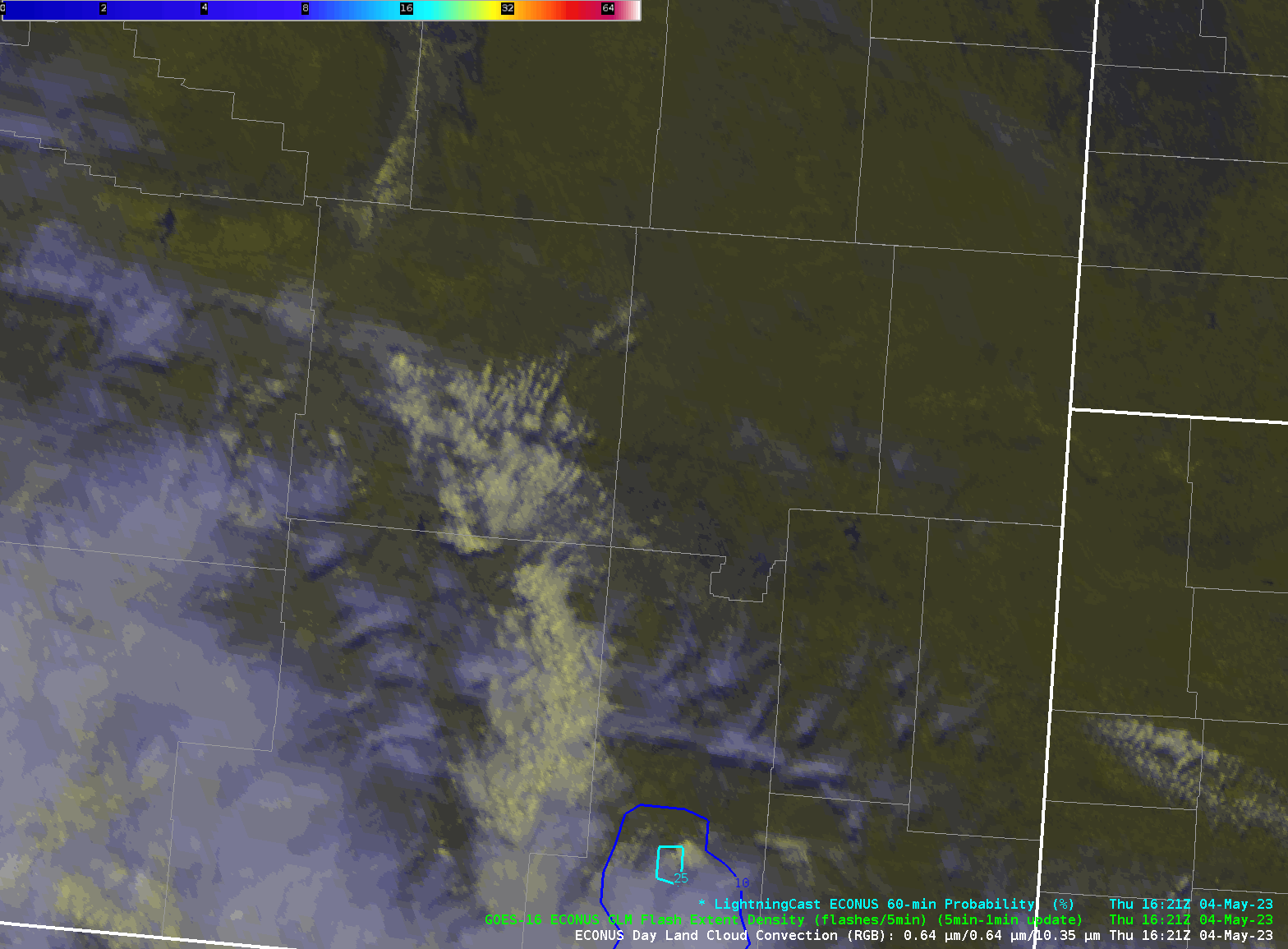
[ Archive ]

 |
CIMSS-NOAA Weekly Report [ Archive ] |
 |
CIMSS AND ASPB WEEKLY HIGHLIGHTS FOR THE WEEK ENDING MAY 5, 2023
DATA, INFORMATION, AND USE-INSPIRED SCIENCE:
FUTURE OUTLOOK:
AWARDS AND RECOGNITION:
TRAVEL AND MEETINGS:
TRAINING AND EDUCATION:
MEDIA INTERACTIONS AND REQUESTS:
SOCIAL MEDIA AND BLOG Posts:
SSEC and CIMSS Scientists in the News: Scientists at the University of Wisconsin-Madison (UW) Space Science and Engineering Center (SSEC) and the Cooperative Institute for Meteorological Satellite Studies (CIMSS) provide expert interviews, imagery and case studies to promote science. This week: CIMSS scientists Margaret Mooney and John Cintineo and CIMSS Satellite Blog contributors Scott Lindstrom and Scott Bachmeier published these case studies: "Displaying JPSS data from the NODD using Polar2Grid" (May 05, 2023), "Lightning on the Laramie Mountains" (May 04, 2023), "Polar Hyperspectral Sounding data in a model simulation: Virginia Beach Tornado" (May 03, 2023), "Record snowpack eases long-term water woes while raising short-term flooding risks" (May 02, 2023), "Satellite-derived soundings during a blowing dust event" (May 01, 2023), "Interesting SAR Wind structures over the Great Lakes" (May 01, 2023), "Severe thunderstorms produce an EF3 tornado in Virginia Beach" (April 30, 2023), "Satellite signatures of the SpaceX ViaSat-3 Americas Mission launch" (April 30, 2023), "Comparing three different RGBs after an eruption" (April 27, 2023), "30-second images of severe thunderstorms along the Gulf Coast of Florida" (April 27, 2023), "Severe thunderstorms across North Texas" (April 26, 2023). Read more at the CIMSS Satellite Blog: https://cimss.ssec.wisc.edu/satellite-blog/. (S. Lindstrom, CIMSS, S. Bachmeier, CIMSS, E. Verbeten, SSEC, J. Cintineo, CIMSS, 608-890-0619, M. Mooney, CIMSS/SSEC, 608-265-2123)
 (Click image to enlarge)
(Click image to enlarge)
Figure: Animation of ProbSevere LightningCast probabilities of lightning (blue=10%, cyan=25%; green=50%; magenta=75%), GOES-16 GLM flash-extent density (blue foreground pixels), and GOES-16 ABI day land cloud convection RGB, all along the Laramie Mountains in Wyoming.
PUBLICATIONS:
Paper on Geo Sounder Ensquared Energy published in IEEE-TGRS: A manuscript titled "Studies Regarding the Ensquared Energy of a Geostationary Hyperspectral Infrared Sounder", authored by Zhenglong Li et al., was published by IEEE-TGRS. This study examines the diffraction effects on GeoXO Sounder (GXS) radiance measurements with a nadir footprint size of 4 km. To ensure that all GXS channels have pseudo noise (caused by diffraction effects) less than the instrument specification noise, an Ensquared Energy of 70% is recommended. Even with an Ensquared Energy of 70%, the pseudo noise slightly decreases the temperature and relative humidity retrieval quality. A lower EE can be a good tradeoff with only a slight degradation in the sounding retrieval quality if 70% is difficult to meet. Citation: Z. Li, T. J. Schmit, J. Li, J. Li and A. Heidinger, "Studies Regarding the Ensquared Energy of a Geostationary Hyperspectral Infrared Sounder," in IEEE Transactions on Geoscience and Remote Sensing, doi: 10.1109/TGRS.2023.3271931. (Z. Li, CIMSS, 608-890-1982)
 (Click image to enlarge)
(Click image to enlarge)
Figure: The ratio of pseudo noise to the instrument noise equivalent radiance differential (NEdN) for different EE values. The EE numbers are determined based on the wavenumber of 680 cm-1. Note that the EE of 70% has all channels with ratio equal to or smaller than 1.
OTHER:
| Archived Weeklies Page | Submit a report item |